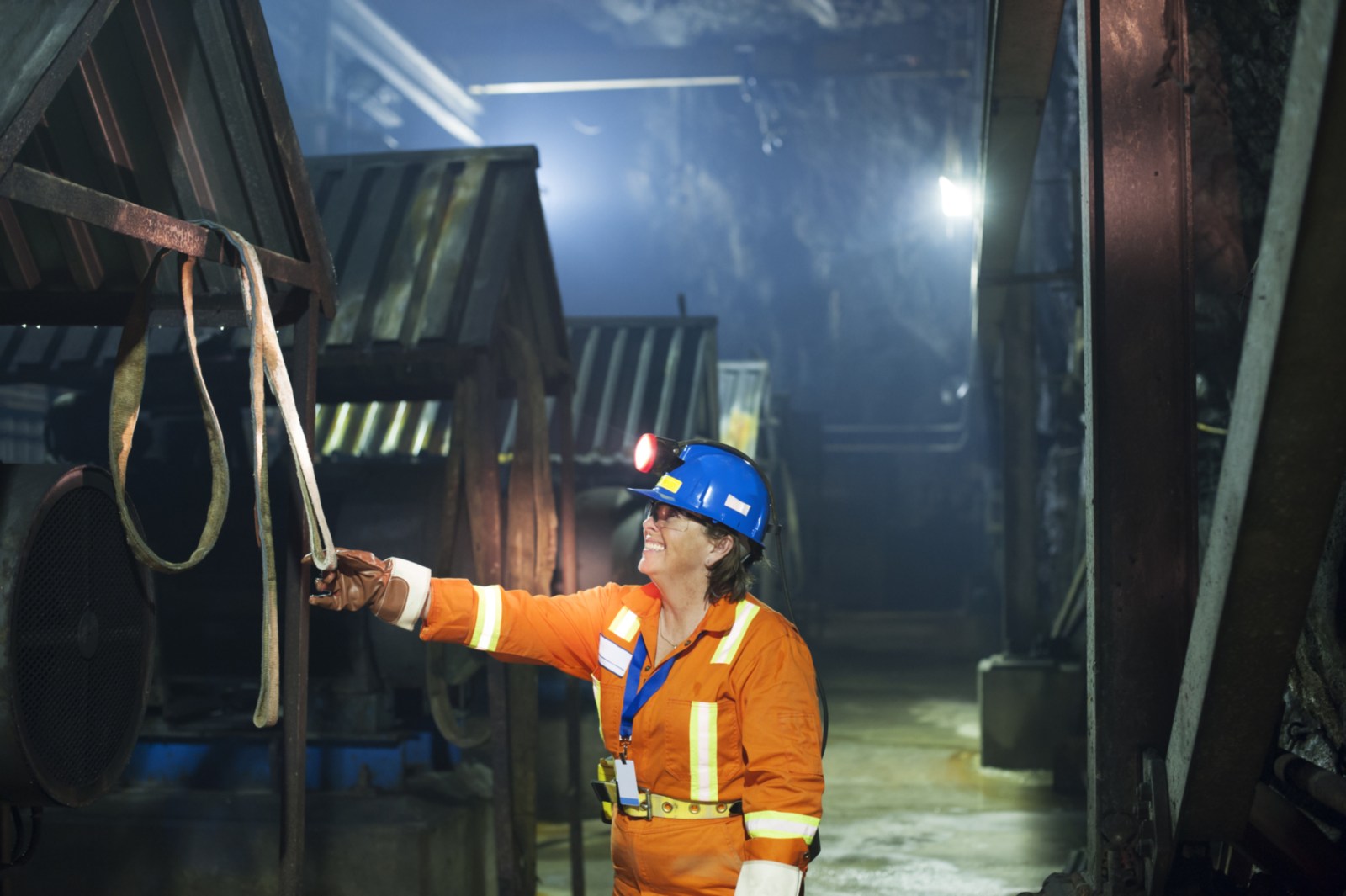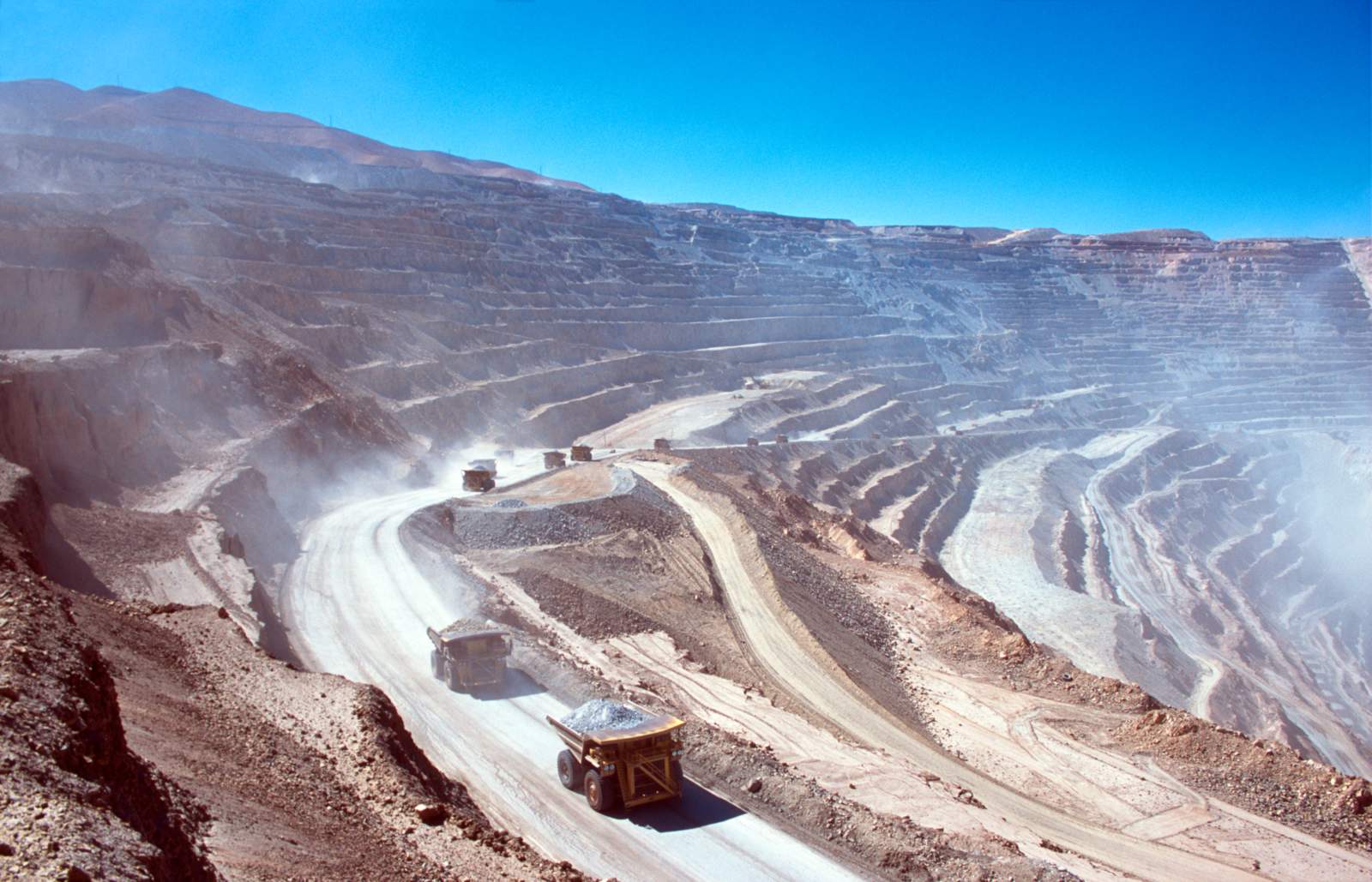
What Is It?
A Seismic Monitoring System consists of installing geophones and listening for the sound of the rock cracking under stress. Data from an array of geophones is used to triangulate the source of the sound in the same fashion that epicenters for earthquakes are calculated.
How Does It Work?
(Micro) Seismic Monitoring Systems are found in a large number of underground mines due to the fact that geophones can be installed far away from the working areas and can be used to “see” ahead of the active mining face. They are, however, infrastructure and data intensive and require optic fibre infrastructure that runs in close proximity to each of the geophones.

While seismic monitoring is the least predictive of RAMJACK’s Geotechnical Monitoring Systems (i.e. knowing that a rock burst just occurred does not provide any early warning signs and does not, in itself, save lives), the accumulation of stresses is a sign that stress release could be imminent. In this fashion, low levels of seismicity can be a good indicator that the rock is adjusting to mining-induced changes in stress. When small-scale seismicity stops and all other RAMJACK Geotechnical Instrument readings are constant, the process of stress re-distribution is complete and blasting can resume.

Why Does It Matter?
Microseismic systems are good “companion-systems” as they help quantify geotechnical issues experienced by underground mining operations. They are a staple component of post blast re-entry programs, especially at great enough depths where de-stress measures are employed. Should areas be deemed overstressed and on the verge of failure by instruments such as the RAMJACK Rock Stress Monitoring System, a Seismic Monitoring System is key to identifying the ideal cooling down period, ensuring that both safety and production are optimised.
